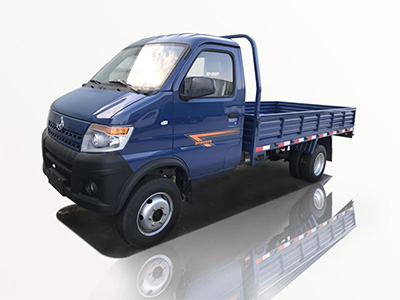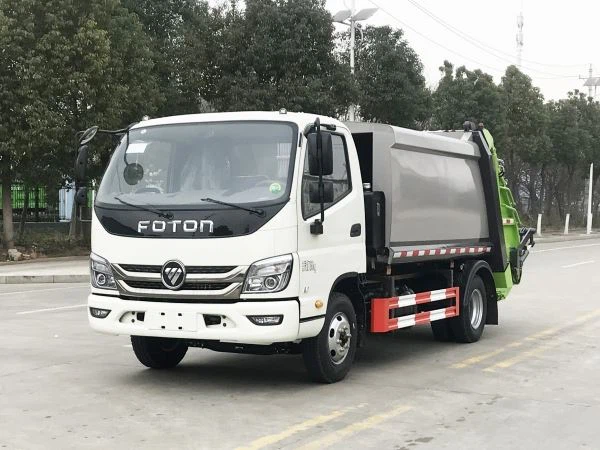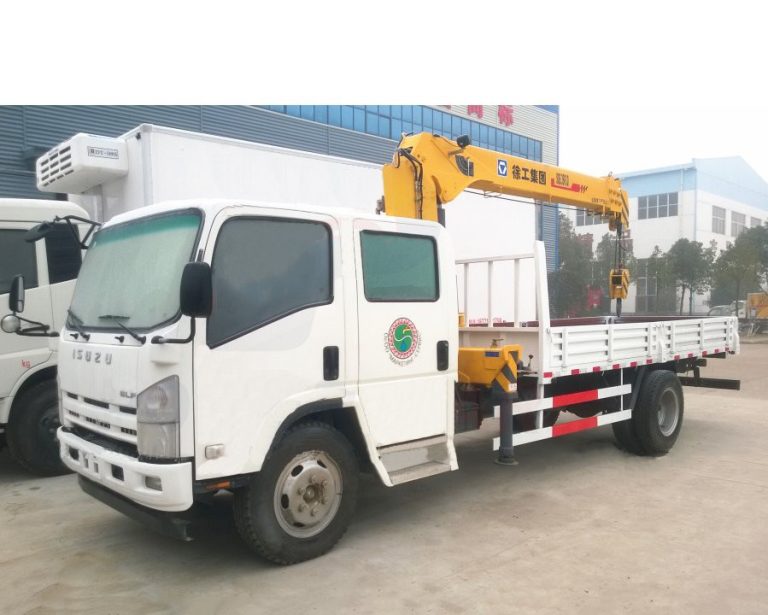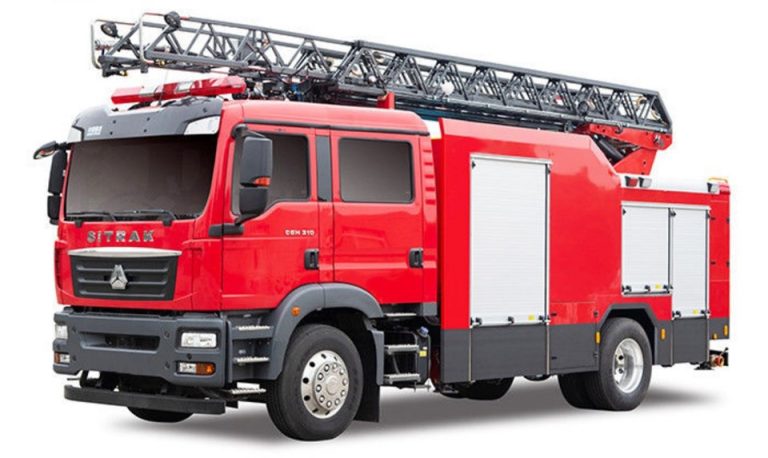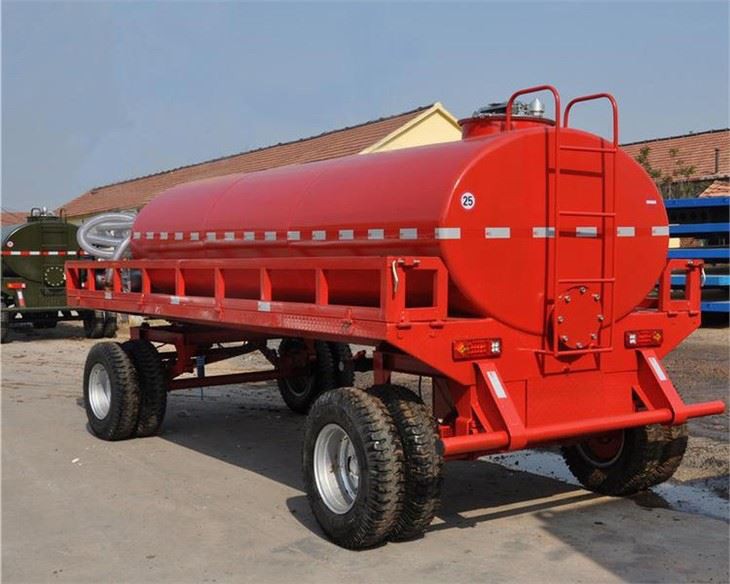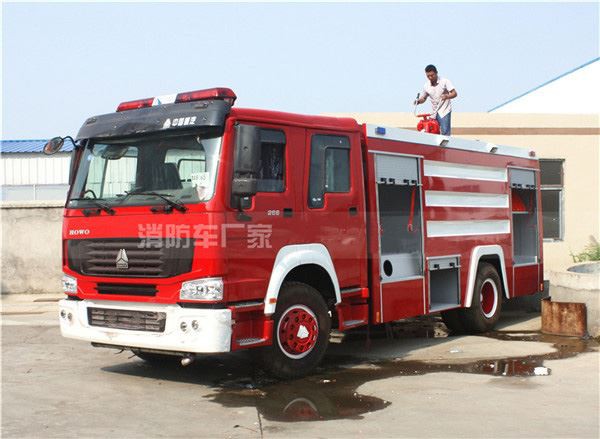Introduction
The Isuzu NPR is a popular choice for those requiring a reliable and efficient truck. One of its critical components is the vacuum pump, which plays a significant role in the truck’s performance. Understanding the function, maintenance, and specifications of the Isuzu NPR vacuum pump is essential for both new and experienced drivers and fleet managers. In this comprehensive guide, we will explore everything you need to know about the Isuzu NPR vacuum pump, including its work mechanisms, common issues, maintenance tips, and more
.
What is a Vacuum Pump?
A vacuum pump is a mechanical device that removes air and gases from a sealed space, creating a vacuum. In the Isuzu NPR, the vacuum pump generates the necessary vacuum to operate various systems, such as the brake booster, cruise control, and other vacuum-operated devices. Understanding how it works is crucial for anyone looking to maintain or troubleshoot their vehicle.
Types of Vacuum Pumps
There are several types of vacuum pumps used in vehicles, including:
- Diaphragm Pumps: Ideal for low vacuum applications, often found in smaller vehicles.
- Rotary Vane Pumps: Commonly used in heavier vehicles like the Isuzu NPR due to their efficiency.
- Positive Displacement Pumps: Capable of generating a high vacuum, often found in industrial applications.
How the Isuzu NPR Vacuum Pump Works
The Isuzu NPR vacuum pump operates by creating a negative pressure within the vehicle’s brake booster. As the driver presses the brake pedal, the vacuum assist helps apply the brakes more effectively, reducing the effort needed to stop the vehicle. This system enhances vehicle safety and control, especially when carrying heavy loads.
Common Issues with Isuzu NPR Vacuum Pumps
While the Isuzu NPR vacuum pump is generally reliable, it is not immune to problems. Here are some common issues and their symptoms:
1. Loss of Vacuum Pressure
- Symptoms: Spongy brakes, increased braking distance, or a hard brake pedal.
- Causes: Leaks in the vacuum lines or a failing vacuum pump.
2. Noise from the Vacuum Pump
- Symptoms: Unusual sounds from the engine compartment, especially during startup.
- Causes: Worn bearings or internal components within the pump.
3. Warning Lights
- Symptoms: Dashboard warning lights indicating a brake system failure.
- Causes: Faulty sensors or a complete failure of the vacuum pump.
Maintenance Tips for Isuzu NPR Vacuum Pump
Regular maintenance can prolong the life of the Isuzu NPR vacuum pump and uphold the vehicle’s performance. Here are some practical maintenance tips:
1. Regular Inspections
- Inspect vacuum lines for cracks or wear, as damaged lines can lead to vacuum loss.
- Check the vacuum pump for any signs of wear or damage.
2. Replace Worn Components
- Identify and replace any worn out or damaged parts to ensure efficiency.
- Consider using OEM parts for better compatibility and performance.
3. Keep the Engine Clean
Maintaining a clean engine bay can help prevent debris from entering the vacuum pump and affecting its operation. Use appropriate engine cleaning practices to avoid damage.
4. Monitor Brake Performance
Regularly check how your brakes respond. If you notice reduced responsiveness or unusual behavior, it may be time to examine the vacuum system.
Specifications of the Isuzu NPR Vacuum Pump
Knowing the specifications of the Isuzu NPR vacuum pump can help in understanding its capabilities and requirements. Here’s a detailed overview:
| Specification | Description |
|---|---|
| Type | Rotary Vane Vacuum Pump |
| Voltage | 12 Volts DC |
| Maximum Vacuum | 24 inHg |
| Flow Rate | 38 CFM (Cubic Feet per Minute) |
| Weight | Approximately 15 lbs (6.8 kg) |
Replacing the Isuzu NPR Vacuum Pump
When the vacuum pump fails, it must be replaced to ensure the proper functioning of the vehicle. Here are steps and tips for replacing the vacuum pump:
Tools Required
- Socket set
- Wrenches
- Screwdrivers
- Torque wrench
- Replacement vacuum pump
Replacement Steps
- Park the Isuzu NPR on a level surface and disconnect the battery.
- Locate the vacuum pump and remove any components obstructing access.
- Unscrew the mounting bolts and detach the vacuum pump from the engine.
- Install the new vacuum pump, securing it with the mounting bolts.
- Reconnect any components removed earlier and attach the battery.
- Start the engine and test the vacuum pump to ensure it is functioning properly.
Real-World Examples of Issues and Resolutions
Understanding practical scenarios can help in diagnosing and resolving vacuum pump issues effectively. Here are a few real-world examples:
Example 1: Spongy Brake Pedal
A driver of an Isuzu NPR noticed that the brake pedal felt spongy, and the vehicle took longer to stop. After thorough inspection, it was discovered that the vacuum line was cracked. Replacing the line restored the vacuum pressure and brake responsiveness.
Example 2: Vacuum Leak Test
Another driver suspected a vacuum leak due to the intermittent brake warning light. Using a simple soap-water solution, they inspected the vacuum lines and found bubbles indicating a tiny leak in a hose, which was promptly replaced, resolving the issue.
Frequently Asked Questions (FAQs)
1. How often should the vacuum pump be replaced?
It varies by usage, but generally, the vacuum pump may last 100,000 miles or longer. Regular inspections can help identify when it needs to be replaced.
2. Can a faulty vacuum pump affect engine performance?
Yes, a malfunctioning vacuum pump can lead to poor brake performance and can also impact the overall engine efficiency by disrupting vacuum pressure.
3. What are the signs of a failing vacuum pump?
Signs include a hard brake pedal, unusual noises from the pump, and warning lights on the dashboard.
4. Can I replace the vacuum pump myself?
If you have basic mechanical knowledge and tools, replacing the vacuum pump can be done at home. Otherwise, consult a professional mechanic.
5. Where can I purchase a replacement vacuum pump for the Isuzu NPR?
Replacement vacuum pumps can be found at auto parts stores, online marketplaces, or directly from Isuzu dealerships.
6. How can I improve the lifespan of my vacuum pump?
Regular maintenance, timely repairs, and keeping the engine clean can significantly enhance the vacuum pump’s lifespan.
